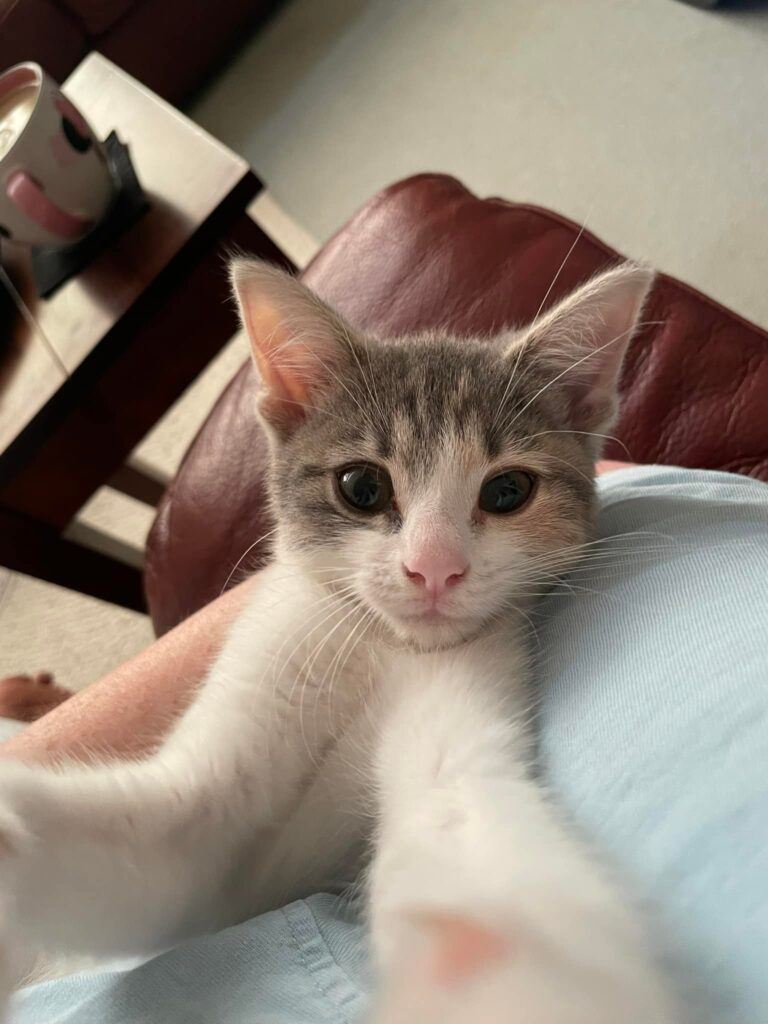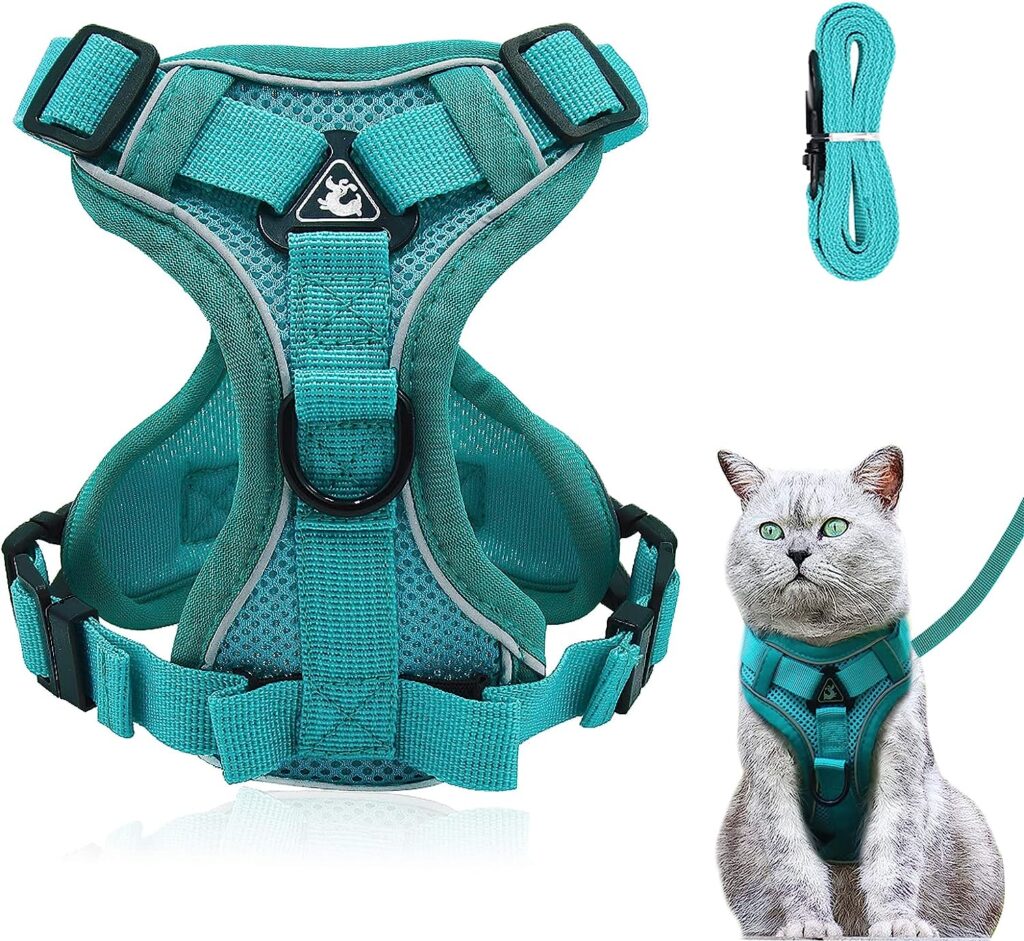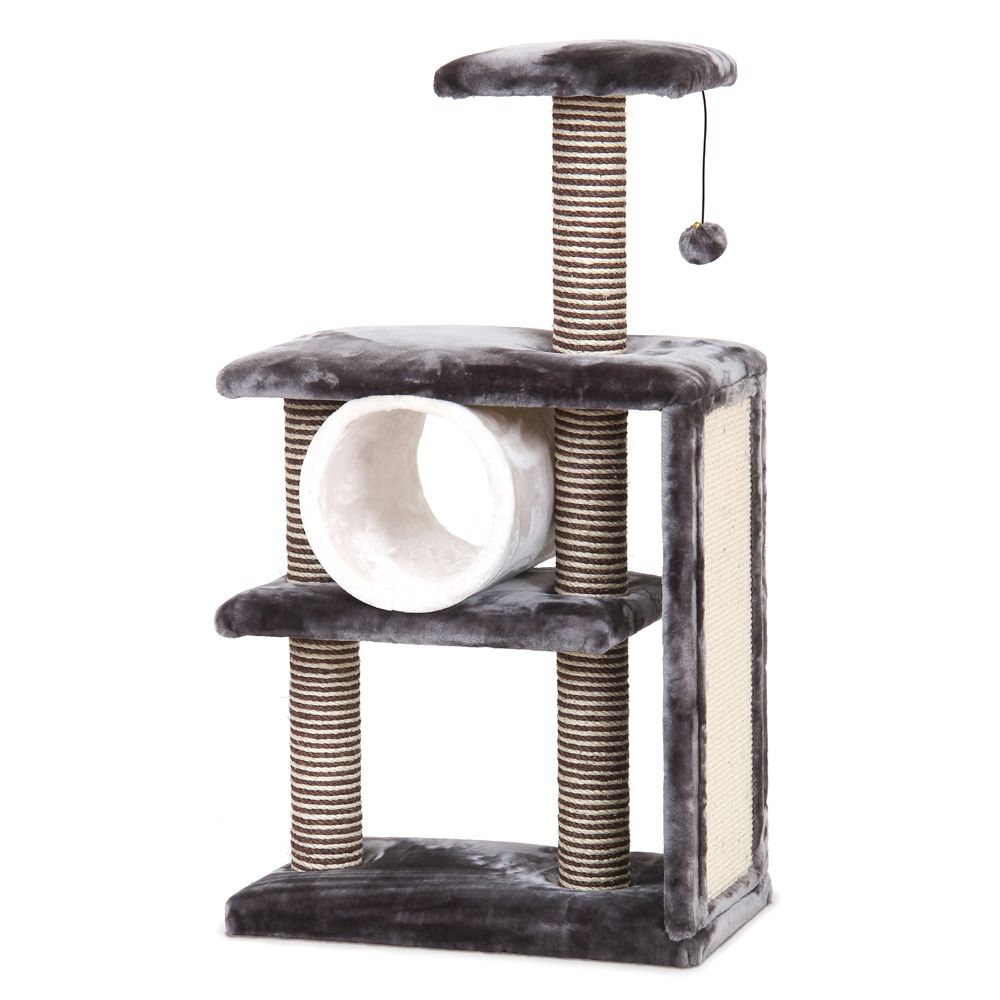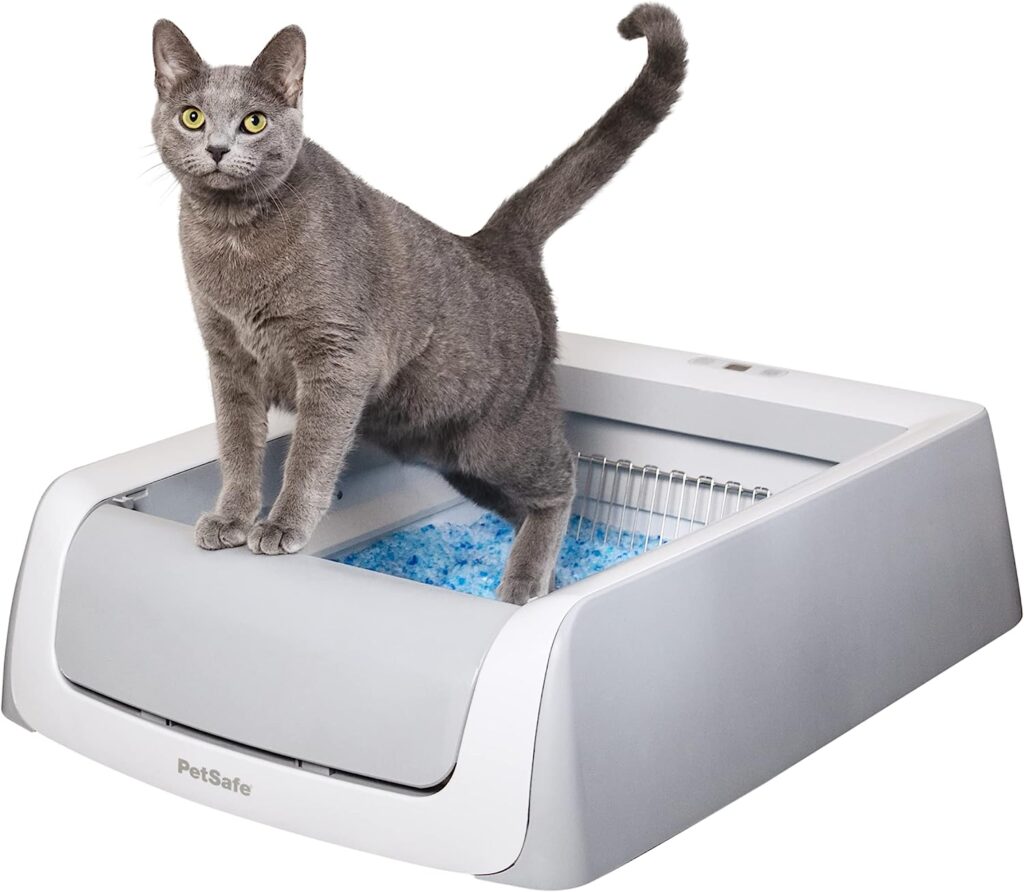Keeping an indoor cat can have it’s challenges but it can be done. We are both indoor and outdoor cat owners so here are some tips and hopefully helpful ideas from us on how to make it work.
This post does contain some affiliate links that are marked with * for your reference. If you click on them, and make a purchase, we earn a small amount of revenue.
If like us, you have started life with a cat that will not be an outdoor cat, then you may realise that there’s a bit more work to that, than having an cat that goes outside. Outside cats do have their own needs and issues, but an indoor cat relies on you, their humans, for certain things they would benefit from if they went outdoors.
Tabitha came into our lives in the summer of 2022, and is very firmly an indoor cat. I hadn’t planned on that to start with. Her adopted sibling Jasper is both an outdoor and indoor cat and always has been. However Tabitha has a mild health issue that means keeping her indoors is better for her, and she is also THE most friendly cat you might meet and we have a level of concern that she might not be particularly discerning around her own safety when approached by strangers if she was outside. Our vet agrees with us, that indoors is better for her, for now at least as long as we make sure we provide what she needs as an indoor cat.

Indoor cats do tend to live longer lives than outdoor cats, because they are not at risk of accidents that an outdoor cat might meet. They are also less likely to pick up diseases or ingest poison (as long as you keep them safe from those indoors) but they do need help with stimulation, exercise and keeping them from getting bored. A bored cat may struggle with their mental health and physical health, and may become destructive or frustrated.
So our advice would be:
- Make The Most of Any Outdoor Space Available to Them: If you have a balcony, terrace or for those lucky enough to have gardens there are ways that we can make these areas safe for our cats. As cats love to lounge in the sun and feel the rays on their fur make sure your balconies are safe by filling any large gaps with plants or nets to make sure they can’t fall through any holes. With gardens and terraces build a fence to ensure your cat doesn’t get out and get lost. Bear in mind however that this might not prevent other animals from being able to get into your garden so make sure when you keep an eye on your cat when he is having his outdoor time.
- Walking is not just for Dogs: There are many cat owners that happily walk their cats in the street using a leash. Get a feel for your neighbourhood first and make sure that you’re not going to encounter any problems with large dogs in the area. Walking our cats can be a really enjoyable way for our cats to enjoy the great outdoors, however it does take some training so be patient with this process. You need a good leash and collar*and it will take time for your cat to get used to wearing one, before you and the cat feel confident to go out safely but with time and patience, you can take your cat for a walk. It’s good exercise for them, and a way for them to explore the outside world safely.

- Play Time: Make sure you are spending time each day to play with your cat and shower him with affection. It’s important for you to spend time playing with them too. Try games that encourage them to stretch, chase and kick and use their motor skills to keep their bodies active and their minds stimulated. You can also set up areas of your home to encourage them to entertain themselves. A cat tree they can climb is a great investment. Tabitha loves hers and sleeps and plays on it. Cat safe toys* they can chase and hunt are also good to have a steady supply of.

- Food and diet are important: Of course, diet and food are important for any cat, be they indoors or outdoors but cats that are indoors may not be burning off as many calories as their outside siblings, so you need to talk to your vet, and work out what would work for your cat and their dietary needs and calorie intake and output, then shop around and also see what your cat likes and enjoys.
- Kitty ID: Even indoor cats need a collar with identification details. Making sure they are microchipped is vital, because even indoor cats can get lost, if they get out of the house or are let out by mistake or run off if being taken out for a walk. You can also invest in a GPS tracker for their collar or leash for when they are out for walks which can help with peace of mind too.
- Give them a space to call their own: Even cats need a little space from time to time, so creating a little space just for your cat is an easy way to keep him happy. Create a little resting area in a quiet corner of the house where he can go and feel that he won’t be disturbed. Having his own space will help foster his strong sense of independence and will make him feel secure, safe and happy. We have a special cat pen area that Tabitha knows is hers and her safe space and when she needs to she will head there, or will find a quiet spot in the house to sleep or hide from the world (cats are so sensible aren’t they?)
- Cat’s will scratch: It’s what they do, to stretch and sharpen their claws. Outside they use trees and grassy areas for this. Inside, if you want to save your furniture, cat scratch posts are essential. Make sure they are accessible and encourage your cats to use them, and your sofas and chairs and carpets will thank you.
- Cat toileting and cat litter areas: An indoor cat will need clean and easy to use cat litter spaces or cat toilets. They won’t be going outside to use the toilet so at least one cat litter space if not two, in your home is best. You can opt for something expensive and fancy like a self cleaning litter set up or a simpler and cheaper cat litter option*. You will need to make sure you keep their litter clean and fresh and find a litter that works for you and the cat, be it clumping or wooden pellets.
- Personal space: Even cats need a little space from time to time, so creating a little space just for your cat is an easy way to keep him happy. Create a little resting area in a quiet corner of the house where he can go and feel that he won’t be disturbed. Having his own space will help foster his strong sense of independence and will make him feel secure, safe and happy.
Cats are for life, whether they are indoor or outdoor, so making them feel happy and comfortable whatever your domestic arrangements are, is the most important thing. We love having Tabitha as an indoor cat and she has taken the role on with great enthusiasm and is very definitely the queen of the house, and knows it. Work with your vet to make your indoor cat’s life as healthy and happy as possible. It’ll be worth it.
